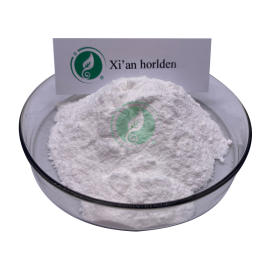Photo courtesy of Lanzhou Lily, Vegetable and Flower Institute, Chinese Academy of Agricultural Sciences
Photo courtesy of Lanzhou Lily, Vegetable and Flower Institute, Chinese Academy of Agricultural Sciences Recently, the lily research group of the Institute of Vegetables and Flowers of the Chinese Academy of Agricultural Sciences has made new progress in the research of active ingredients in Lilium plants
Antioxidants Lily is an important ornamental, edible and medicinal plant.
The team used physiological and biochemical experiments to systematically study representative lily materials with different genetic backgrounds and found that the test lily extracts are rich in phenolic acids and flavonoids, and have a wide range of antioxidant activities
Further combined with metabonomics analysis, it is found that the differential accumulation of active components in lily is mainly concentrated in secondary metabolic pathways such as phenylpropane metabolism; and the phenylpropionate glyceride glycosides (lily glycosides) specific to plants of the genus Lily are in materials of different genetic backgrounds The composition of lily is very different, which provides a reference for the industrial preparation of important active ingredients in lily
The study explored the differences in the accumulation of secondary metabolites and their antioxidant activities in lily materials with different genetic backgrounds; revealed the application potential of lilies as natural antioxidants in cosmetics and nutritional health products; for the full development and utilization of lilies Germplasm resources have greatly increased the added value of lily products and laid the foundation for the healthy and sustainable development of the lily industry
The research was funded by the National Key Research and Development Program and the National Natural Science Foundation of China
Related paper information: https://doi.
https://doi.
org/10.
3390/antiox10101634
This article is an English version of an article which is originally in the Chinese language on echemi.com and is provided for information purposes only.
This website makes no representation or warranty of any kind, either expressed or implied, as to the accuracy, completeness ownership or reliability of
the article or any translations thereof. If you have any concerns or complaints relating to the article, please send an email, providing a detailed
description of the concern or complaint, to
service@echemi.com. A staff member will contact you within 5 working days. Once verified, infringing content
will be removed immediately.







